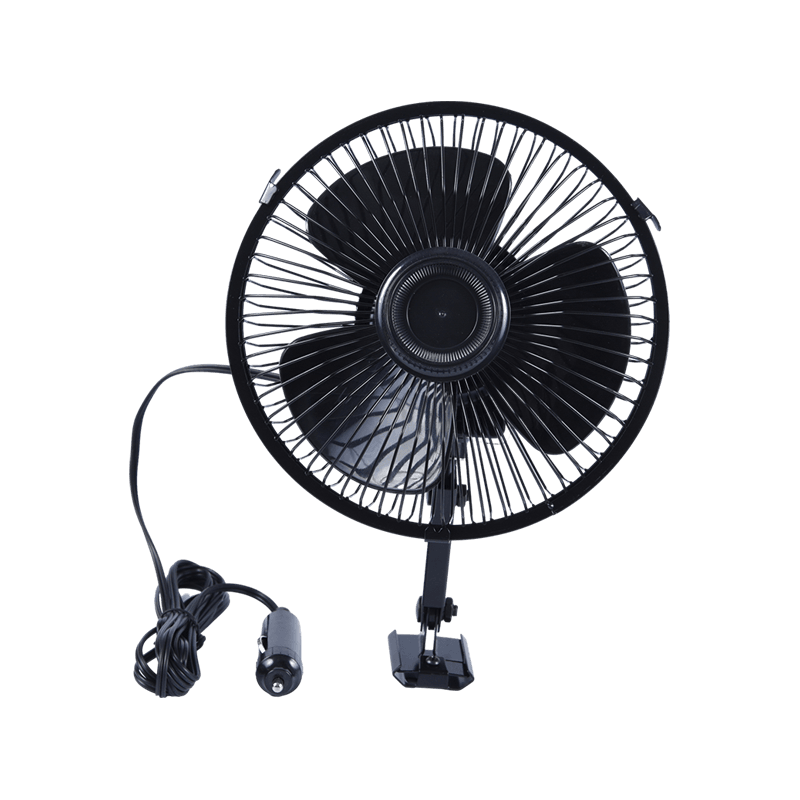Foggy windows are more than just an annoyance; they're a significant safety hazard that obscures visibility. While various quick fixes exist, your car's built-in heating and ventilation system is often the most effective and readily available tool.
Understanding the Fog: Why It Happens
Fogging occurs primarily due to two factors:
- Temperature Difference: Cold glass surfaces cool the warm, moist air inside the car, causing water vapor to condense into tiny droplets on the windshield and windows.
- Humidity Sources: Wet clothing, shoes, breath, snow brought in on boots, or even a small leak can significantly increase cabin humidity levels.
Your Car's HVAC System: The Key to Clear Visibility
Your vehicle's Heating, Ventilation, and Air Conditioning (HVAC) system combats fog by addressing both temperature and humidity:
-
Target the Source: Engage the Defrost Setting
- Locate the Defrost Symbol: Turn the mode selector dial/button to the windshield defrost symbol (usually curved lines pointing upwards from a wavy or flat base). This setting directs the maximum airflow specifically to the windshield.
- Use High Fan Speed: Initially, set the fan speed to high. This rapidly moves a large volume of air across the glass surface.
- Apply Heat: Set the temperature control to warm or hot. Crucially, ensure the A/C (Air Conditioning) is activated (the A/C light should be on), even if you're heating the air. This is vital because the A/C system acts as a dehumidifier, removing moisture from the air before it's warmed and blown onto the glass. Warm, dry air absorbs moisture from the glass much faster than warm, humid air.
-
Optimize Airflow and Recirculation
- Turn OFF Recirculation: Ensure the air recirculation mode is turned off. This mode traps moist air inside the car. You need fresh, drier outside air to enter the system so the A/C can effectively dehumidify it. The symbol is usually a car with an arrow looping inside it.
-
Be Patient and Adjust
- Initial Clearing: With defrost mode on, A/C on, recirculation off, high fan speed, and heat applied, the fog should begin clearing from the center of the windshield outward within a minute or two.
- Adjust for Comfort: Once the windshield is mostly clear, you can often reduce the fan speed to a more comfortable level. Keep the defrost mode and A/C engaged until all windows are clear and remain clear.
Important Considerations and Best Practices
- Start Early: Begin this process before you start driving, if possible. Trying to clear heavy fog while driving is distracting and dangerous.
- Clean Windows Matter: Dirt and grime on the inside of your windows provide nucleation points for moisture, making fog worse and harder to remove. Regularly clean the interior glass with a suitable automotive glass cleaner and microfiber cloth.
- Check Cabin Air Filter: A clogged cabin air filter restricts airflow to the HVAC system, reducing its defogging efficiency. Replace it according to your vehicle's maintenance schedule.
- Address Persistent Moisture: If fogging is constant and severe despite using the system correctly, inspect for underlying issues like wet floor mats, a leaking Car Heater core, or a clogged sunroof/body drain. Moisture trapped in the cabin will continually feed the problem.
- Avoid Common Mistakes: Blasting cold air onto the windshield (without A/C) usually worsens fogging by cooling the glass further. Using recirculated air traps humidity.
Why This Method Works: The Science Simplified
The combination of the A/C compressor removing moisture from the incoming air and the heater warming that now-dry air creates the ideal conditions to evaporate condensation on the glass. Directing this warm, dry air forcefully onto the windshield maximizes the rate of evaporation.
Clearing foggy windows isn't about guesswork; it's about leveraging your car's HVAC system strategically. By correctly using the defrost setting in conjunction with the A/C and fresh air intake, you harness the system's dehumidifying and heating power. This method provides a safe, efficient, and readily available solution to restore visibility, ensuring a safer driving environment during humid or cold conditions. Remember, consistent window cleaning and HVAC system maintenance are key partners in preventing fog from becoming a recurring hazard.


 English
English Português
Português عربى
عربى 中文简体
中文简体











